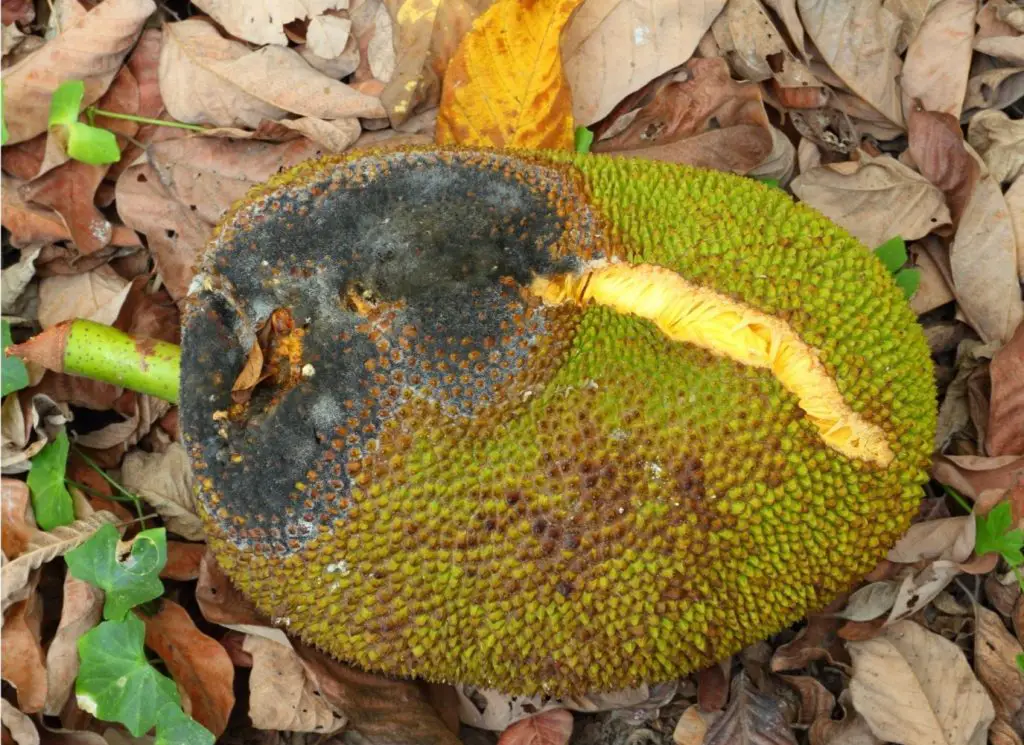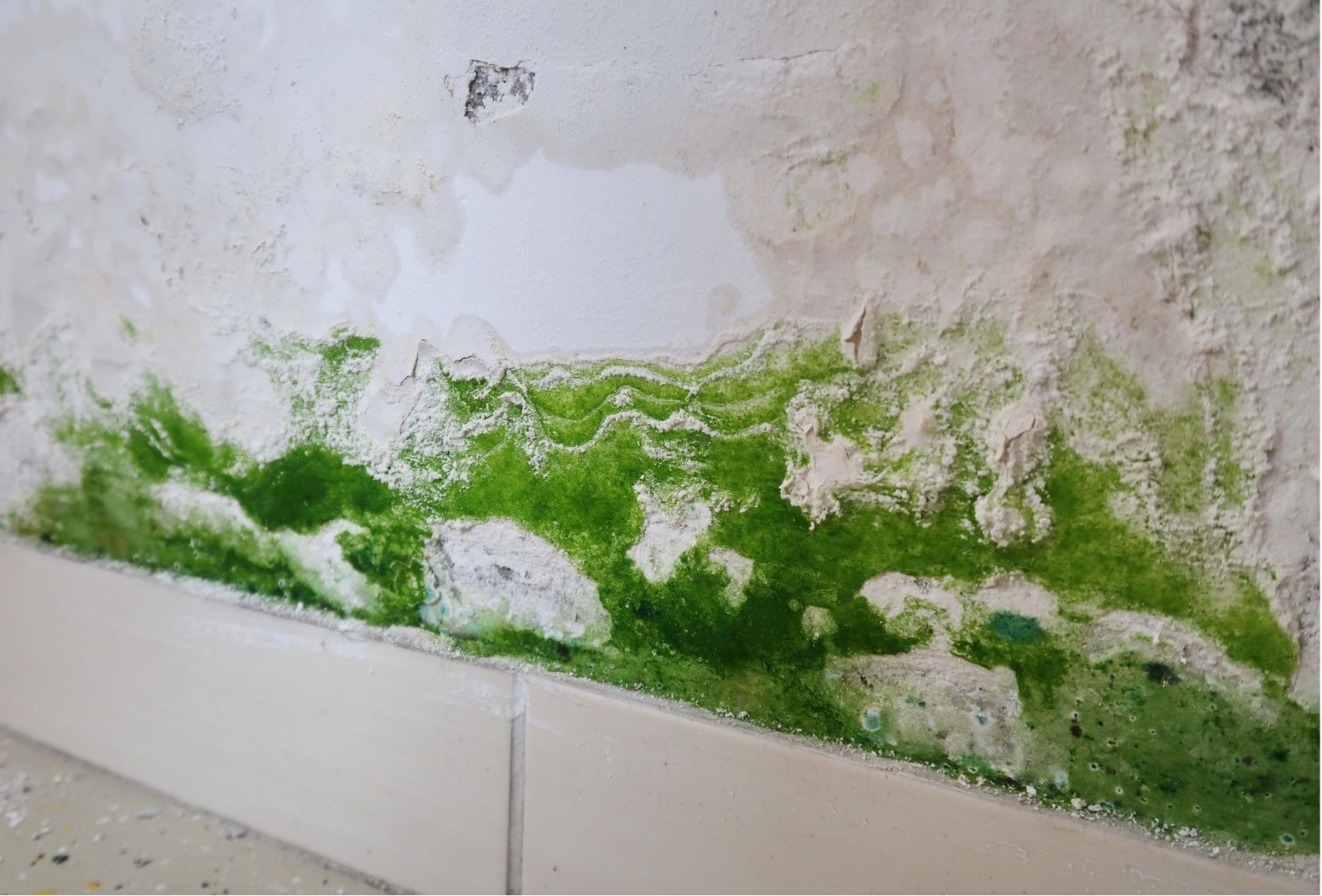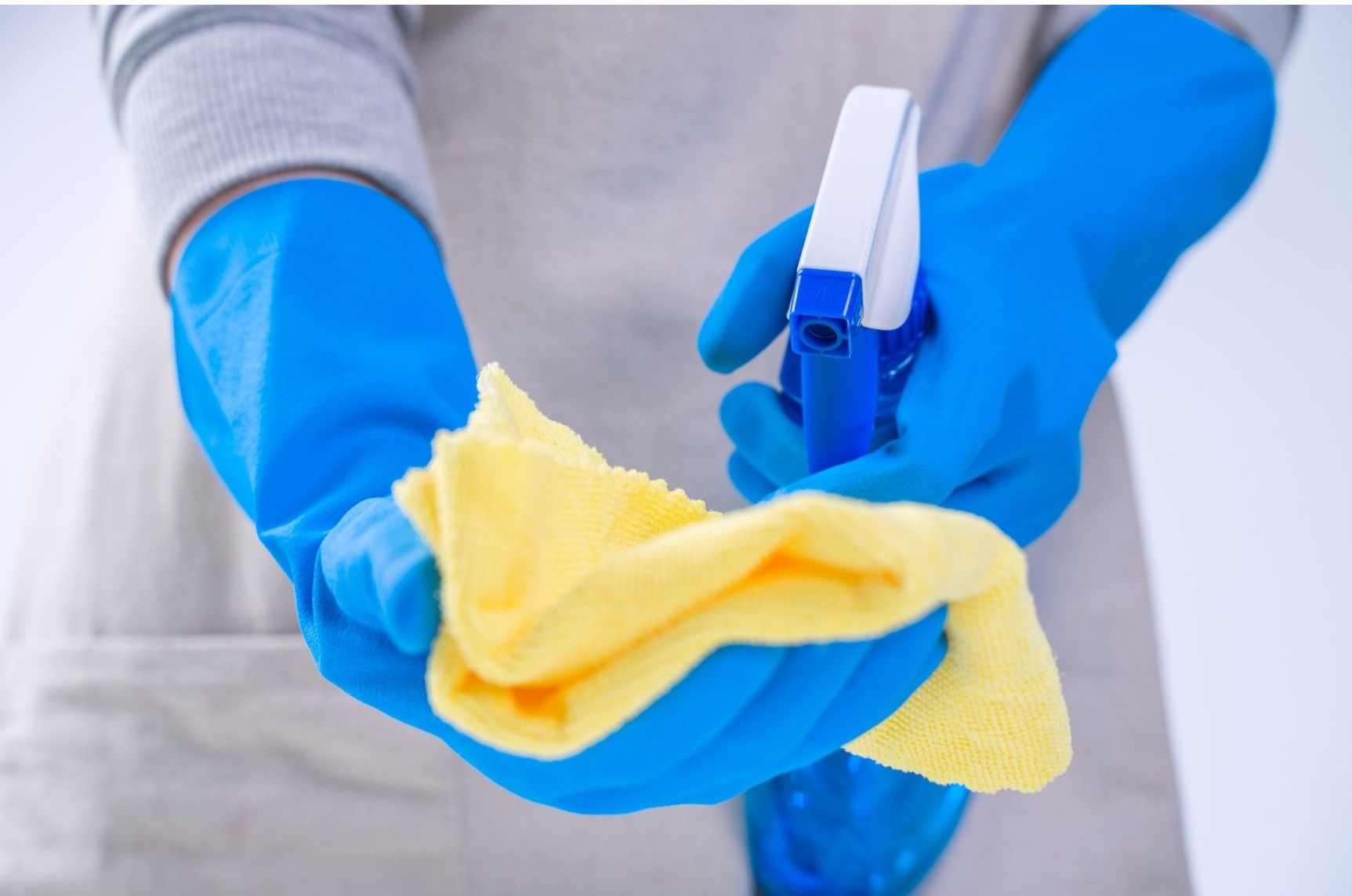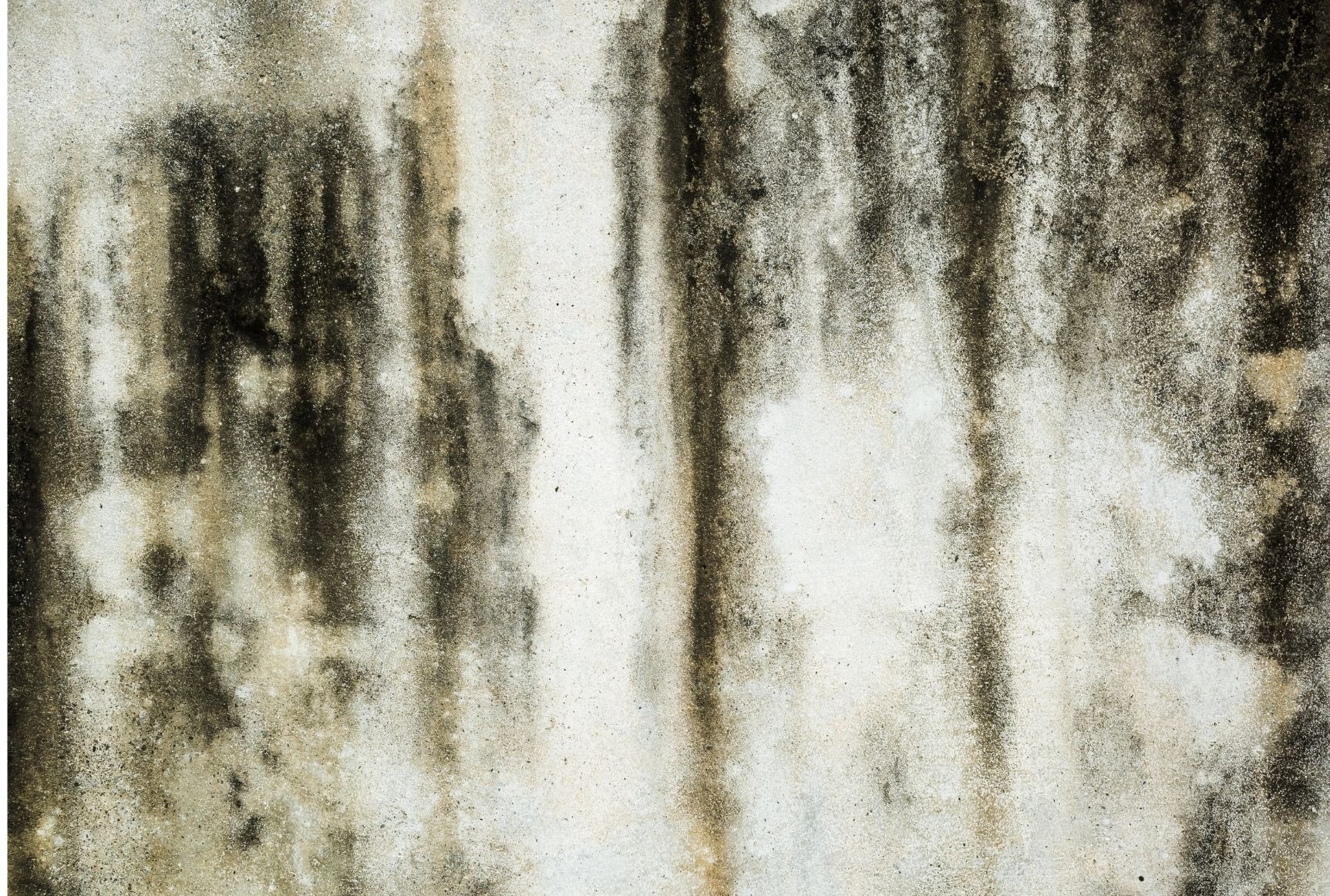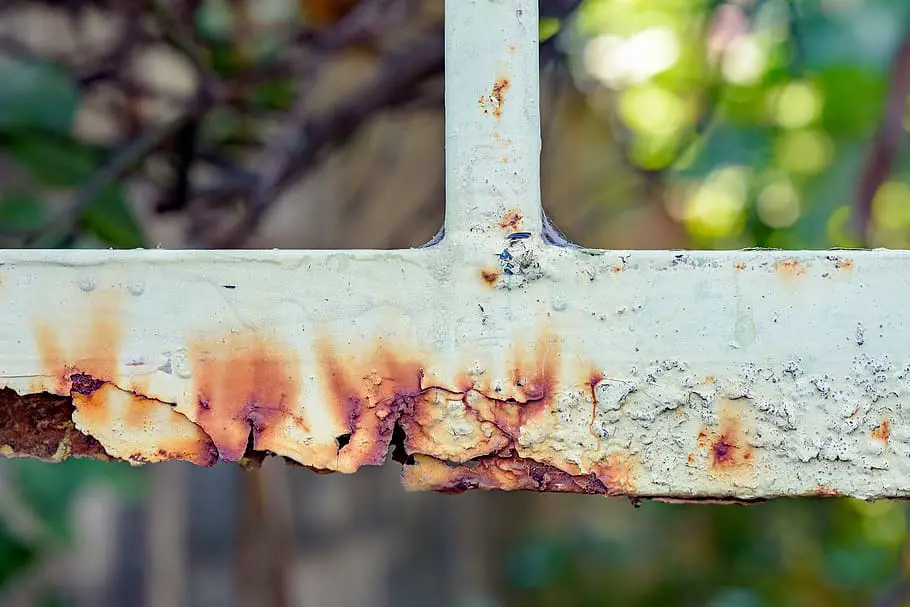Mold spores are virtually everywhere that there is air, floating and searching for nutrients to take root.
And Mold and mildew is something you can find anywhere there is a source of water, food, and oxygen.
Table of Contents
Do Humidifiers Cause Mold?
A humidifier meets the criteria for being a catalyst for mold growth and airborne bacteria in your home when:
- It is poorly maintained
- It is used when not needed
- When it’s too Big
- If it Leaks
The presence of mold in your home can not only cause damage to your house and structure, it can also exasperate allergies, and be a trigger for asthma.
According to one study, it can be a factor in the development of childhood asthma.
When mold goes unchecked, it can spread very fast and cause more damage than you may suspect.
This article will lay out 4 ways a humidifier can be responsible for mold.
1. Poorly Maintained Humidifier
Easily the number one way that a humidifier can cause mold production. Failure to keep a humidifier clean and filled with fresh water can create the idea setup of water, dirt, oxygen, and low light that mold can flourish in.
Once mold has taken root in a poorly kept humidifier, the humidifier becomes a distributor of mold spores throughout your room and house.
According to Pubmed, Humidity droplets act like microscopic containers that can carry bacteria and viruses much further than they can travel without the aid of humidity.
Another aspect of a poorly maintained humidifier is leaving water in the basin when the humidifier is not being ran.
Mold can develop in standing water in as little as 24 to 48 hours.
Imagine turning the humidifier on and running it after the water and it has been standing for a long period of time.
You’re just asking for a room full of mold spores ready to attack your respiratory system and your walls and ceiling.
2. Using a humidifier when the climate does not warrant it.
Excessive humidity in the air can be a absorbent for the pollution and spores already in the air. As stated in this article already, humidity droplets can provide a vehicle for germs and bacteria to to be able to travel long distances.
When the relative humidity is already on the high side, adding more humidity to the air by using a humidifier is like pouring fuel on a fire.
Moisture is the primary food source for dust mites. Dust mites along with mold spores are two of the most common household allergies
Adding extra humidity to an already humid area with a humidifier only provides extra water and nutrients for mold and dust mites to thrive.
Rooms like bathrooms or kitchens tend to already have an ample amount of humidity because of showers and baths and boiling water and dishes being soaked.
Using a humidifier in these conditions can add too much humidity to the air which can cause mold growth on the walls and allergies to kick up.
Exhaust fans are usually installed in bathrooms and in kitchens for this very reason.
3. Too Big of a Humidifier
Along the same lines as using a humidifier when you do not need it, is using a humidifier that is too large for the space you have it in.
Placing a humidifier that is meant to be used in a large living area in a small bedroom can add to too much humidity to the air which can result in mold growth especially in a room that is dirty.
Measuring the humidity and providing the right amount of humidity back into the air is key to getting the benefits out of a humidifier.
But overdoing it can result in mold. If you measure your humidity (a hydrometer can be purchased very inexpensively) and it is already between the 30 and 50% mark. Adding extra humidity can put you into the range of causing mold somewhere in your home.
4. Leaking Humidifier
One of the main ingredients that mold needs to start growing water. Mold inside of the house is always connected to an inappropriate source of water somewhere. Usually it’s a leaking pipe or a leaky roof.
But a humidifier, because it has a basin for holding water, can also be a source of inappropriate moisture if it is leaking.
If the table or counter where are the humidifier is sitting has water around it, then there is a chance that the humidifier is leaking. And just as easily as mold can take root in the moisture caused by a leaky pipe, it can take root from the water leaking out of the humidifier.
Most people are not going to let mold grow right on the counter in front of them. But it may not be as easy to see when it has drip down the back or sides of a counter top or table.
 Many modern humidifiers already take all of these situations that can occur when a humidifier is in use into account.
Many modern humidifiers already take all of these situations that can occur when a humidifier is in use into account.
For instance, there are self cleaning, germ-free humidifiers that are already on the market that use technologies like ultraviolet light and bacteria and mold resistant plastic and their production.
1. There are also many additives that you can buy the place in the water of the humidifier to reduce mold and bacteria growth inside of the humidifier.
2. Many of today’s humidifiers also come with features like auto shut off and built in hygrometers and humidistats
that measure the humidity inside of the room and turn off dehumidifier when the relative humidity entered in as a cutoff point is reached.
3. Safety features are also installed to let you know if you have a leaky basin or if your water compartment is not seated correctly and is leaking.
4.There are also many ways that you can communicate with your appliances through smart plugs that can be purchased that allow you to schedule when your humidifier is on and off and allow you to turn it on from a remote location.
The only feature I have not seen on a humidifier yet is one that does not allow the humidifier to run when the water has become tainted.
Sounds like something that needs to happen. Maybe you can be the one to invent it.


